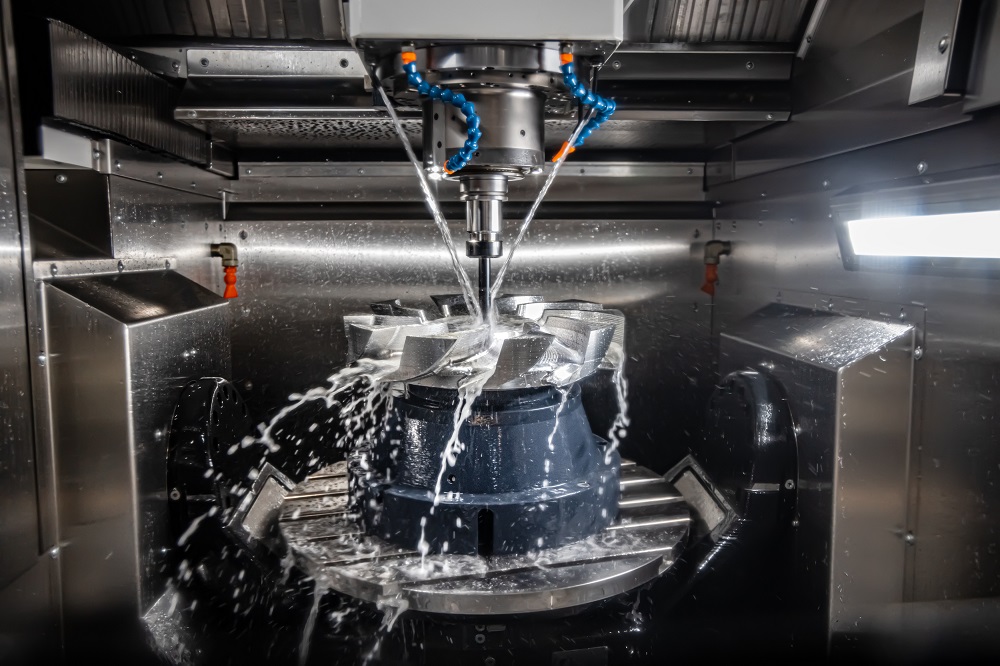The world we live in wouldn’t exist without metalworking. As an art, it is responsible for everything from breathtaking architecture to the aerodynamic beauty of sports cars. As a science, it has produced untold advancements in technology and capabilities in the fields of aerospace, construction, manufacturing, and automotive, to name a few.
Today’s industry is constantly advancing, with the creation of new metal alloys, new tools, and new solutions. Read on for the best strategies to follow to ensure you’re setting up a shop correctly to tackle any and every project. Keep in mind: These tips can also make metalworking more efficient and cost-effective, increasing productivity as well as the life of your tools.
Know the Properties of the Metals and Alloys You’re Working With
Many types of metals and alloys are utilized across industries. Each has their own properties that make them best-suited for particular uses. Before you begin any machining project, research what workpiece materials are best. This will help determine what cutting tools are needed as well.
Fortunately, the metalworking industry has divided workpiece materials into six groups. Here’s a refresher on their attributes and machinability:
Steel (ISO-P / Blue) is the largest type of metal group that comprises both pure and alloyed materials. Steel is used across many industries because of its generally easy machinability, but this depends largely on carbon content and material hardness. Carefully research the makeup of any particular steel material before working with it. The manufacturer will most likely provide guidelines. Note that harder steels belong to the ISO H category, detailed below.
Stainless steels (ISO-M / Yellow) are steel alloys with at least 12 percent chromium. This is one of the most common alloys used in industrial manufacturing and home appliances. In fact, it’s so ubiquitous (due to its resistance to rust and corrosion) that it’s often thought of as more of an aesthetic than actual material.
Cast irons (ISO-K / Red) can be either incredibly easy or difficult to machine depending on the material’s particular makeup. Gray and malleable cast irons are generally considered easy to work with, while compact and austempered cast irons are more challenging. Regardless of their machining difficulty, they are all incredibly abrasive to cutting edges. Note that harder cast irons are placed in the ISO H category, detailed below.
Non-ferrous metals (ISO-N / Green) is a category composed of copper, aluminum, and brass, which are softer than the other categories on this list so far. Depending on the material’s particular makeup, they can be quite abrasive — but generally, long tool life can be maintained by keeping cutting edges sharp.
Heat resistant super alloys (ISO-S / Brown) encompasses metals like titanium, nickel, cobalt, and iron. They are quite similar to stainless steels in that they harden during working and generate heat. However, they are more difficult to machine than ISO-Ms and will wear tools down quickly.
Hardened Materials (ISO-H / Gray) includes steels with a hardness ranging from 45-65 HRc and child cast irons with 400-600 HB. Because they are so hard, they are difficult to machine, generating heat while worked on and quickly depleting machine life due to their abrasive nature.
Know Your Tools
Metal and alloy machining requires a wide array of equipment to transform the raw material into the desired form.
Lathes are machines that rotate metal workpieces around at high-speeds against various cutting tools in order to trim them into symmetrical shapes, usually round. They are commonly used for producing cylindrical parts.
Drilling machines, or drill presses, use sharp-pointed cylindrical drill bits to bore holes straight down into or through metal.
Milling machines use cutting tools rotating at high speeds to cut shapes into or out of metal blocks. This tool can be operated manually, but they are usually pre-programmed to carve out specific designs.
Grinders are tools with abrasive wheels, most often used for creating fine finishes at the end of a metalworking project.
All of these machines can be used for any variety of hard metal or alloy work, but their cutting tools might have to be switched out to be optimized for a particular type of metal. Manufacturers will provide detailed guidelines on what materials their products are best suited for cutting.
Choose the Right Cutting Fluid
As these machines cut through the metal and alloy to create a desired shape, they generate a tremendous amount of friction and heat and spray chips or strands of metal out into the work environment.
Cutting fluid is typically needed in a continuous stream throughout the process to clear the chip zone, prevent residue formation, and reduce friction. This keeps the metalworking process moving efficiently without damaging the raw material or machinery. Using higher quality and appropriate cutting fluids have proven to increase tool life by 214 percent and reduce energy costs by as much as 73 percent.
Master Fluid Solutions specializes in cutting fluids that can drastically expand the life of equipment and save money in the long run by requiring lower concentrations and less replacement, as long as fluids are paired with the correct metals.
TRIM® MicroSol® 590XT is an eco-friendly semisynthetic coolant especially great for metals like aluminum, titanium, and stainless steel. It has been formulated to meet aerospace approval test requirements.
TRIM MicroSol 692XT is a high-lubricity, semisynthetic, microemulsion coolant valued for its compatibility with various metals, including titanium, copper, and aluminum alloys.
TRIM C390 is a high-performance synthetic coolant designed for machining composites used in the aerospace industry. The combination of lubricity and cooling makes it ideal for cutting both non-ferrous and ferrous materials.
Aside from the coolant itself, it’s recommended to look at your coolant applicator system to make sure it is optimized for the work material and coolant you’re working with.
Need help finding the right cutting fluid to improve your tool life? For help optimizing your shop floor or choosing the right coolant, call +1 800-537-3365 or email us at [email protected].

